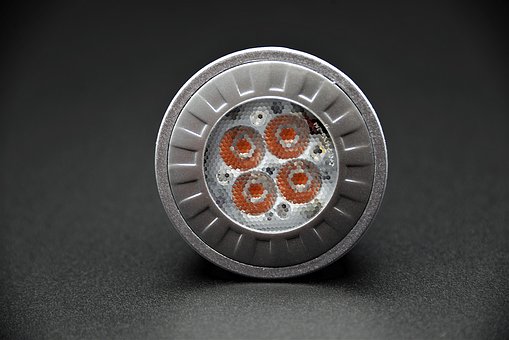LED bulbs
LED bulbs
Are LED bulbs economical? I think each of us can answer this question with ease. LED lighting at home or in the company will consume significantly less energy than its traditional replacements. The durability of LED bulbs also stands at a very high level, which definitely exceeds its competitors. LED bulbs have been equipped with an energy-saving source of light, such as LED diodes. They are powered by an internal power supply system, which, when properly selected, significantly affects their long and trouble-free operation. The heat sink is also very important here. LEDs do not like too high temperatures, therefore a suitable aluminum or ceramic heat sink can significantly extend the life of LED bulbs.The power of LED bulbs, especially the luminous one, is determined by the number of lumens, not the power consumption in watts. The efficiency of a 10W LED bulb can be much higher than a 15W one, then it will turn out that the one weaker at first glance will shine brighter than the one that gets much more of this current.
Energy-saving diode bulbs, that is, those made in LED technology have a decisive impact on our well-being, concentration, and health of our body. Currently, LED bulbs are the most popular sources of light available on the market, which is why we are increasingly seeing research by scientists on the impact of LED lighting on our health. According to the latest results, it is worth choosing LED bulbs of proven producers that have the appropriate quality certificates. One of the most common negative effects we can encounter are LED bulbs that flash. All because of the low quality of the light source used in them, i.e. LEDs that do not meet modern lighting standards. Longer stays in rooms that are illuminated with this kind of light source can cause eye fatigue, headaches or trouble concentrating.
Energy saving light bulbs
Considered quite recently as the most energy-efficient light bulbs, or compact fluorescent bulbs are now increasingly rarely found in homes or businesses. Obviously, research by scientists who quite quickly saw that they are in an energy-saving fluorescent lamp, such as mercury, can be a threat to human life and health. Energy-saving bulbs also emit harmful UV radiation (this occurred mainly in low-quality products). It was only after some time that, as in the case of LED bulbs, it was found that the most worth putting on high-quality products from well-known manufacturers.Energy-saving bulbs have their advantages and disadvantages, but at the time when they were the most popular, they took up to 3 times less energy than traditional incandescent bulbs. Energy-saving bulbs with high power were able to replace the very energy-consuming then traditional light sources.
A lot of people used energy-saving bulbs, but not many of them knew how they really work. We can divide them into those with an integrated ignition system or those adapted for luminaires with such a system. The first of these are ordinary light bulbs, which we chose for homes. For the second type, we can include fluorescent lamps, which required luminaires equipped with special starters or ballasts. Energy-saving bulbs and their operation was based on a phenomenon called glow discharge. Each energy-saving bulb had a glass tube, arranged in various shapes, depending on the chosen model. It was filled with mercury and argon vapor, which, by glow discharge, produced the ultraviolet radiation effect, which was converted into lights, through a suitably selected phosphor color. Yes, energy-saving bulbs like LEDs could emit light in different colors.

Comments
Post a Comment